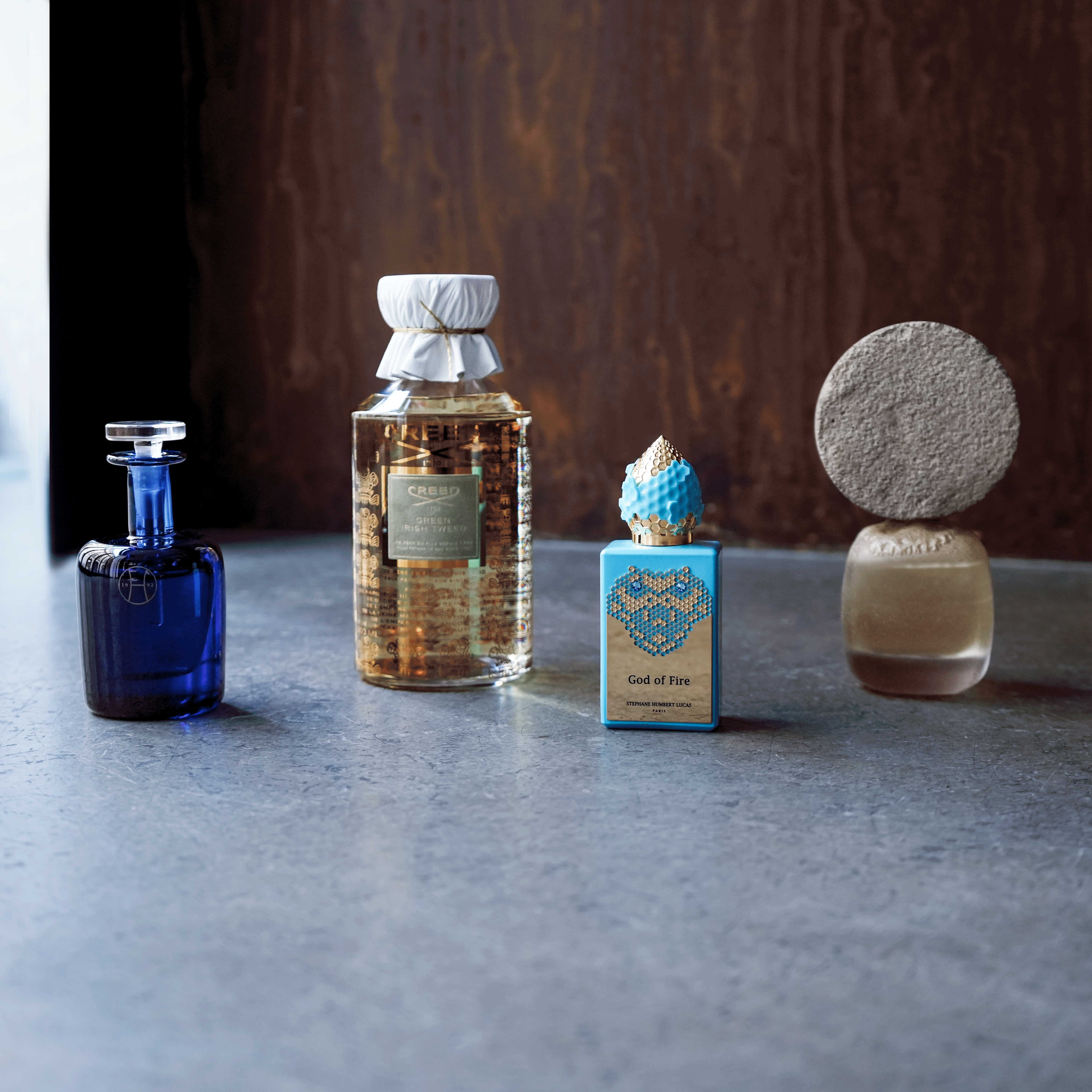
the largest multi-brand beauty store in France
+800 fragrances from +80 brands including :
recommended in more +60 city guide
You have a question? Please consult the Frequent Asqued Questions (FAQ).
If you don't find your answer, please contact us:
by email: info@noseparis.com
by phone: +33 1 86 47 72 76
Nose ship perfume by international airfreight and by La Poste for the services Colissimo Expert and Chronopost Classic to more than 75 countries.
To know more, please consult the Frequent Asked Questions (FAQ)
To know more about returns and refunds, please consult Terms and Conditions of Sales, section 6 Right to and period of withdrawal.
Nose proposes an olfactive diagnosis where 5 perfumes will be proposed among a list of 500 curated ones.
Do the diagnosisNose proposes an olfactive diagnosis where 5 perfumes will be proposed among a list of 500 curated ones.
Do the diagnosisAbout 10 years ago, three Icelandic scientists found that they could replicate the DNA of human skin in barley plants grown in greenhouses. By producing cell activators in plants, it is possible to achieve a much higher level of purity and efficiency than ever before. The discovery of the Epidermal Growth Factor (EGF) received the Nobel Prize of Medicine in 1986. This factor is naturally present in the skin and with age this production diminishes. The cell activators EGF increase the natural collagen production and elasticity of the skin which results in a more firm skin and reduced wrinkles.
An independent scientific study led by Dr. Martina Kerscher, professor of cosmetic science at the University of Hamburg, showed that the serums have clear anti-aging effects. This study was presented at the 12th Anti-Ageing Medicine World Congress in Monaco.
"With modern biotechnology, it is now possible to replicate our skin’s EGF in barley plants,’ she said. ‘I am genuinely impressed with the results of our study, as it clearly shows that applying plant-made, human-like EGF on the skin can have a significant anti-aging effect on skin thickness, density and depth of wrinkles, after only eight weeks use."
The scientific setup of the study was unique and optimally designed to answer the question of whether topical application of cellular activators can revitalise age-related changes in the skin. All the women participating in the blind study applied BIOEFFECT EGF SERUM to one half of their face, on the other side they applied an identical product without the EGF cellular activator. Thirty women participated in the study and applied the serum twice a day for eight weeks.
The results of the study show that the depth of wrinkles decreased significantly compared to the initial situation after application of the BIOEFFECT EGF SERUM over a period of two months. Skin thickness increased by more than 60 per cent and skin density increased by more than 30 per cent compared to the outset.

the largest multi-brand beauty store in France
+800 fragrances from +80 brands including :
recommended in more +60 city guide

+ 800 fragrances from +80 niche brands
but also home & cosmetics.
100% authentic products & official reseller

official French price for :
Creed, Maison Francis Kurkdjian, Kilian,
Marc Antoine Barrois…
VAT free for non European country

free express airplane delivery with DHL above
€167
all informations available here.

+200 gifts offered with purchase by over 50 brands!
Creed, Maison Francis Kurkdjian, Kilian, Diptyque,
Éditions de Parfums Frédéric Malle & much more
to discover here.